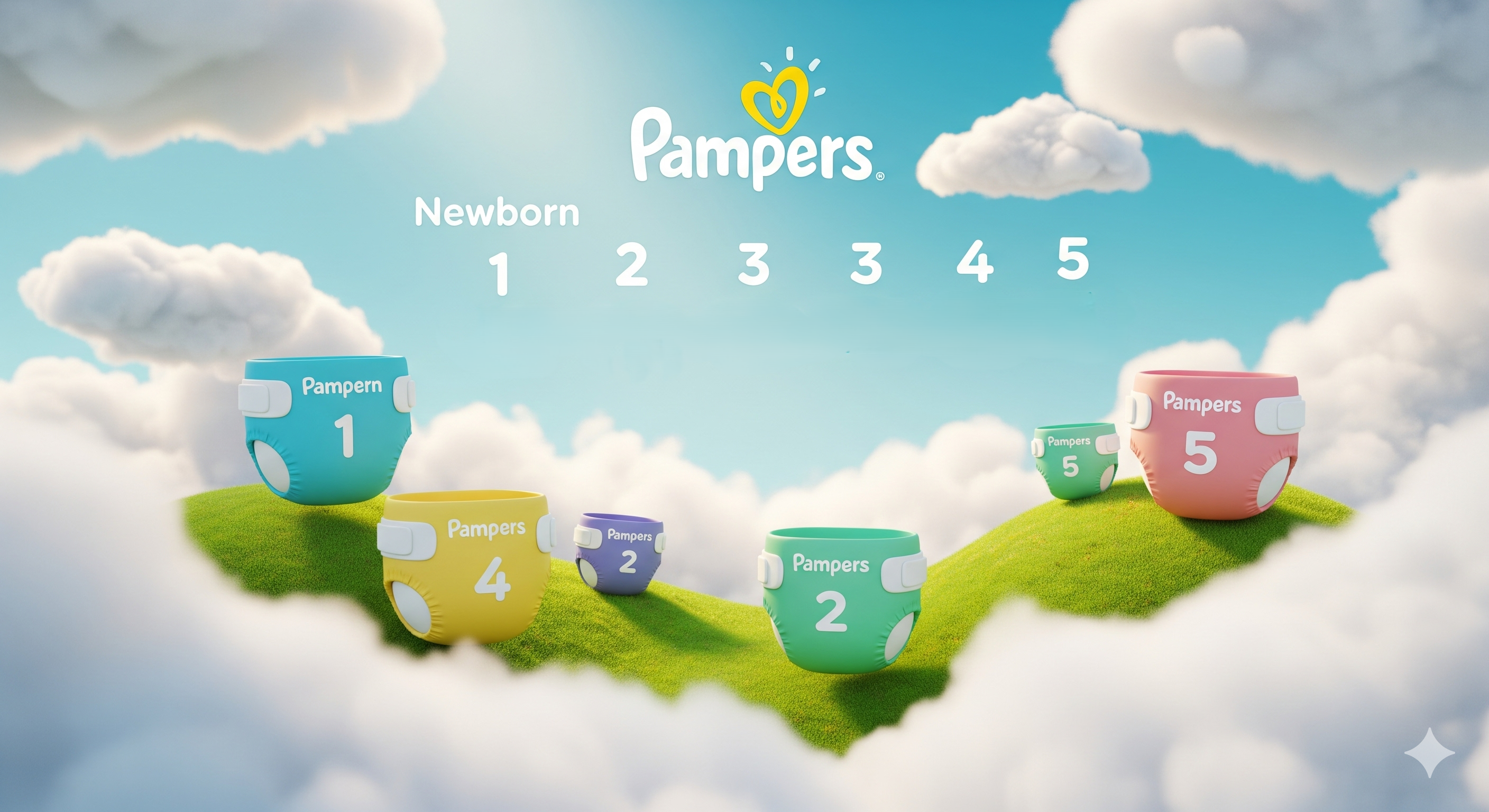The Challenge: A Deeper Look
Introduction
Becoming a new mom is a beautiful (and sometimes overwhelming) journey. One of the first practical things you’ll need to figure out is choosing the right diaper size for your little one. Pampers, one of the most trusted baby brands, makes it easier with a size chart based primarily on your baby’s weight.
Here’s a complete guide to Pampers newborn diapers and beyond.
Your Path Forward: Practical Solutions
Understanding Pampers Diaper Sizes
- Weight-Based: Pampers sizes are based mainly on weight.
- Build Matters Too: Two babies who weigh the same may still need different sizes depending on body shape.
- Comfort & Fit: The right size should feel snug (not tight), prevent leaks, and leave no red marks.
Pampers Newborn Diapers: Weight Guidelines
- Pampers Preemie (Size P): For premature babies under 6 lbs. Specially made for fragile, tiny newborns.
- Pampers Swaddlers Newborn (Size N): For babies up to 10 lbs. Soft, gentle, and designed with an umbilical cord notch for healing comfort.
Pampers Diaper Size Chart by Weight
Here’s a quick look at Pampers diaper sizes beyond the newborn stage:
| Size | Weight Range |
|---|---|
| Preemie (P) | < 6 lbs |
| Newborn (N) | Up to 10 lbs |
| Size 1 | 8–14 lbs |
| Size 2 | 12–18 lbs |
| Size 3 | 16–28 lbs |
| Size 4 | 22–37 lbs |
| Size 5 | 27+ lbs |
| Size 6 | 35+ lbs |
The Reward: Embracing the Benefits
Tips for Choosing the Right Size
- ✅ Check the package for the weight range.
- ✅ Look for signs it’s too small: frequent leaks, red marks, or difficulty fastening.
- ✅ If between sizes, size up for comfort and dryness.
- ✅ Use newborn-specific diapers (like Swaddlers) for the first weeks—especially for the umbilical cord.
Where to Buy Pampers
Pampers diapers are widely available at:
- Major supermarkets and baby stores
- Pharmacies and drugstores
- Online retailers (Amazon, Walmart, Target, etc.)
Conclusion
Every baby grows at their own pace, and no two little ones will move through diaper sizes at exactly the same time. Use the Pampers size chart as a helpful guide, but always watch your baby’s comfort first.
With Pampers’ wide range—from Preemie to Size 6—your baby will stay dry, comfy, and happy at every stage.
